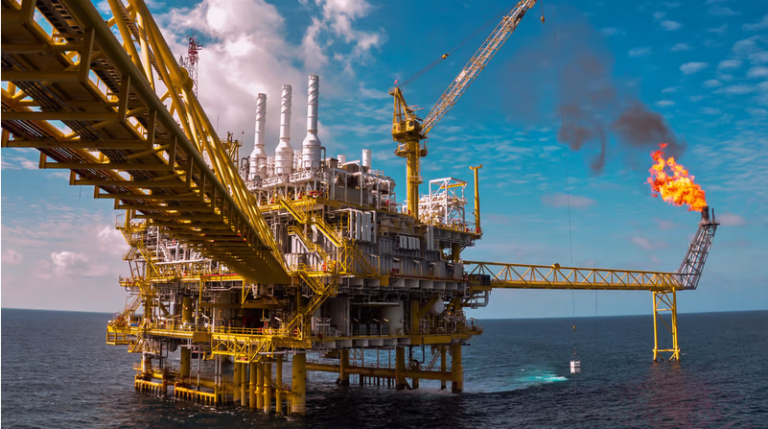The global oil industry wastefully burns off about as much natural gas as is used by all of Central and South America – but a new methane binding agent offers a potential way for this greenhouse gas to be converted economically into liquid fuels.
Methane is a viciously potent greenhouse gas, if a relatively short-lived one. Over a 20-year span, methane emissions are estimated to have a global warming potential 84 to 87 times that of carbon dioxide. Global atmospheric methane concentrations were relatively stable for the last few hundred thousand years, but have increased rapidly since the 1750s and the beginning of the industrial revolution.
How California’s legal cannabis dream became a public health nightmare
It comes from just about everywhere – to quote NASA Earth Observatory writer Adam Voiland, “You can find the odorless, transparent gas miles below Earth’s surface and miles above it. Methane bubbles up from swamps and rivers, belches from volcanoes, rises from wildfires, and seeps from the guts of cows and termites (where is it made by microbes). Human settlements are awash with the gas. Methane leaks silently from natural gas and oil wells and pipelines, as well as coal mines. It stews in landfills, sewage treatment plants, and rice paddies.”
Read more: New Atlas
Ask me anything
Explore related questions





